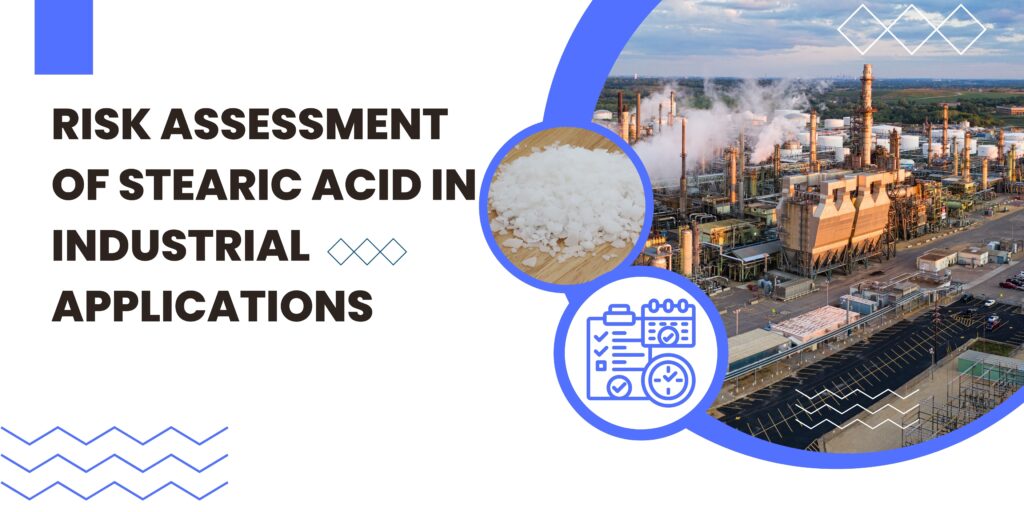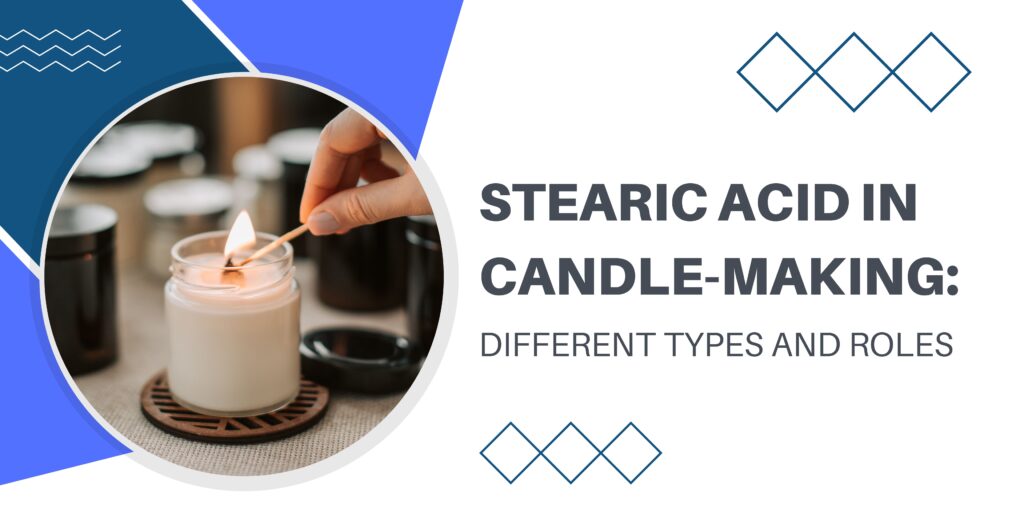
A saturated fatty acid called stearic acid is often present in a number of natural sources. It is widely employed in a variety of sectors, including food, cosmetics, pharmaceutical, and other industries. The goal of this article is to give a thorough understanding of stearic acid, its sources, and the industrial processes used to create this useful substance.
Sources of Stearic Acid
a. Animal Sources
Animal fats, particularly from ruminant animals like cows and sheep, are rich sources of stearic acid. Tallow, a common animal fat, contains approximately 25% stearic acid. Tallow is obtained by rendering the fat tissues and extracting the fat content. The fat is then processed to separate stearic acid from other fatty acids and impurities.
Fish oil is another animal-based source of stearic acid. It is derived from fatty fish such as salmon, mackerel, and sardines. While fish oil contains various fatty acids, including stearic acid, its stearic acid content is relatively lower compared to other animal fats.
b. Vegetable Sources
Stearic acid is a naturally occurring component of many vegetable oils. One of the main plant-based sources of stearic acid is cocoa butter. It is derived from cocoa beans, the primary component used in the creation of chocolate. Stearic acid makes up a significant portion of cocoa butter, often 30% to 35%.
Palm oil, derived from the fruit of oil palm trees, is another significant vegetable source of stearic acid. It contains approximately 4% to 5% stearic acid, along with other saturated and unsaturated fatty acids. Shea butter, extracted from the nuts of the shea tree, and coconut oil also contain stearic acid, albeit in relatively lower amounts.
Production Methods
a. Hydrolysis of Fats and Oils
Hydrolysis is a critical step in the production of stearic acid. The technique of hydrolysis, which is used to break down fats or oils, is used in this method to separate triglycerides into their component fatty acids. Throughout the hydrolysis process, a catalyst, commonly sodium hydroxide (NaOH), and water are typically present. The fatty acids, including stearic acid, are released from the glycerol backbone during the hydrolysis process.
After hydrolysis, the mixture is neutralized with an acid, such as sulfuric acid (H2SO4), to get the free fatty acids. The remaining fatty acids and impurities can subsequently be filtered or spun to remove the stearic acid from them. Stearic acid is then precipitated from the mixture by cooling and crystallization.
b. Fractional Distillation
A technique used to extract and purify fatty acids from fats or oils is called fractional distillation. The various boiling temperatures of the fatty acids in the mixture are used in this procedure. The fatty acids evaporate as a result of heating the fat or oil. Stearic acid and other fatty acids are then isolated when the vapor is condensed and collected.
Stearic acid may be separated from non-fatty acid components like glycerol and unsaponifiable materials that are present in fats or oils using fractional distillation. Stearic acid is frequently produced in large quantities using this technique in industrial settings.
c. Hydrogenation
Unsaturated fatty acids undergo a process called hydrogenation in which hydrogen gas is added to make saturated fatty acids. The process of making stearic acid from vegetable oils that include unsaturated fatty acids, such as oleic acid, is frequently used.
During the hydrogenation process, hydrogen gas is passed through a combination of vegetable oil and a hydrogenation catalyst, frequently nickel or palladium. Unsaturated fatty acids in the oil combine with hydrogen to generate saturated fatty acids, including stearic acid when temperature and pressure are carefully regulated.
Purification and Refining
After the initial production steps, further purification and refining processes are necessary to obtain high-quality stearic acid. These processes aim to remove impurities and improve the purity of the final product.
Crystallization is a commonly employed purification method. The stearic acid mixture is cooled, causing it to solidify. Impurities present in the mixture do not crystallize as easily as stearic acid, allowing for their separation. The solidified stearic acid can be separated through filtration or centrifugation.
Filtration is used to remove any remaining solid impurities, ensuring the purity of the stearic acid. Additionally, distillation techniques can be employed to separate and purify stearic acid further, particularly in cases where higher purity levels are required.
Conclusion
Stearic acid is a saturated fatty acid that can be obtained from both plant-based and animal-based sources. Vegetable oils like cocoa butter and palm oil, along with animal fats like tallow and fish oil, are the major sources of stearic acid. Stearic acid is created using a variety of procedures, such as hydrogenation, fractional distillation, and hydrolysis, and is subsequently refined and purified to create high-quality stearic acid.
Stearic acid is used in a wide range of industries, including those in the food, cosmetics, pharmaceutical, and industrial sectors, thus it is important that they understand where it comes from and how it is made. Because it is easily accessible and of excellent quality, stearic acid may be used effectively in a wide range of products.




